-
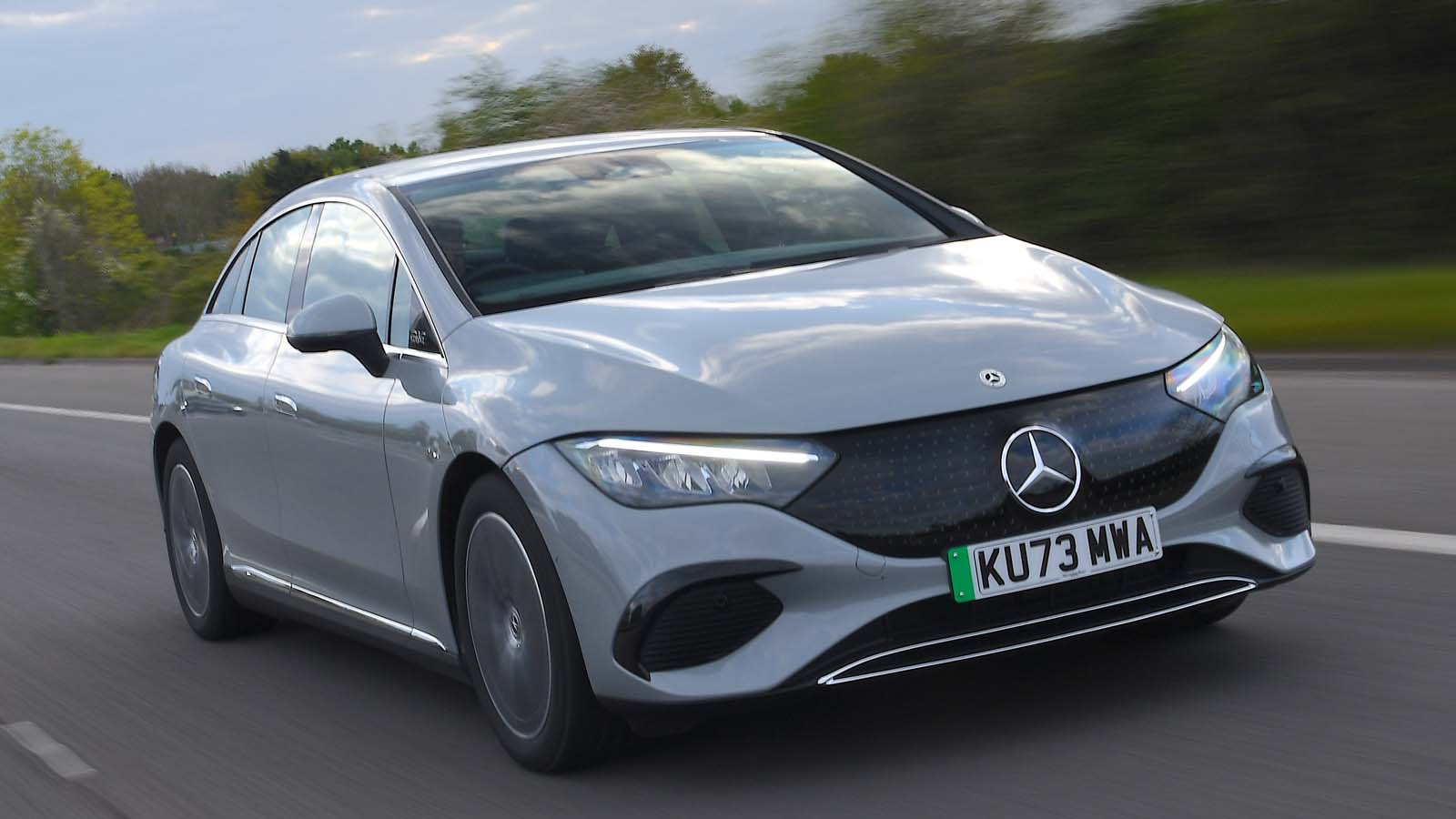 © Mercedes-Benz
© Mercedes-Benz -
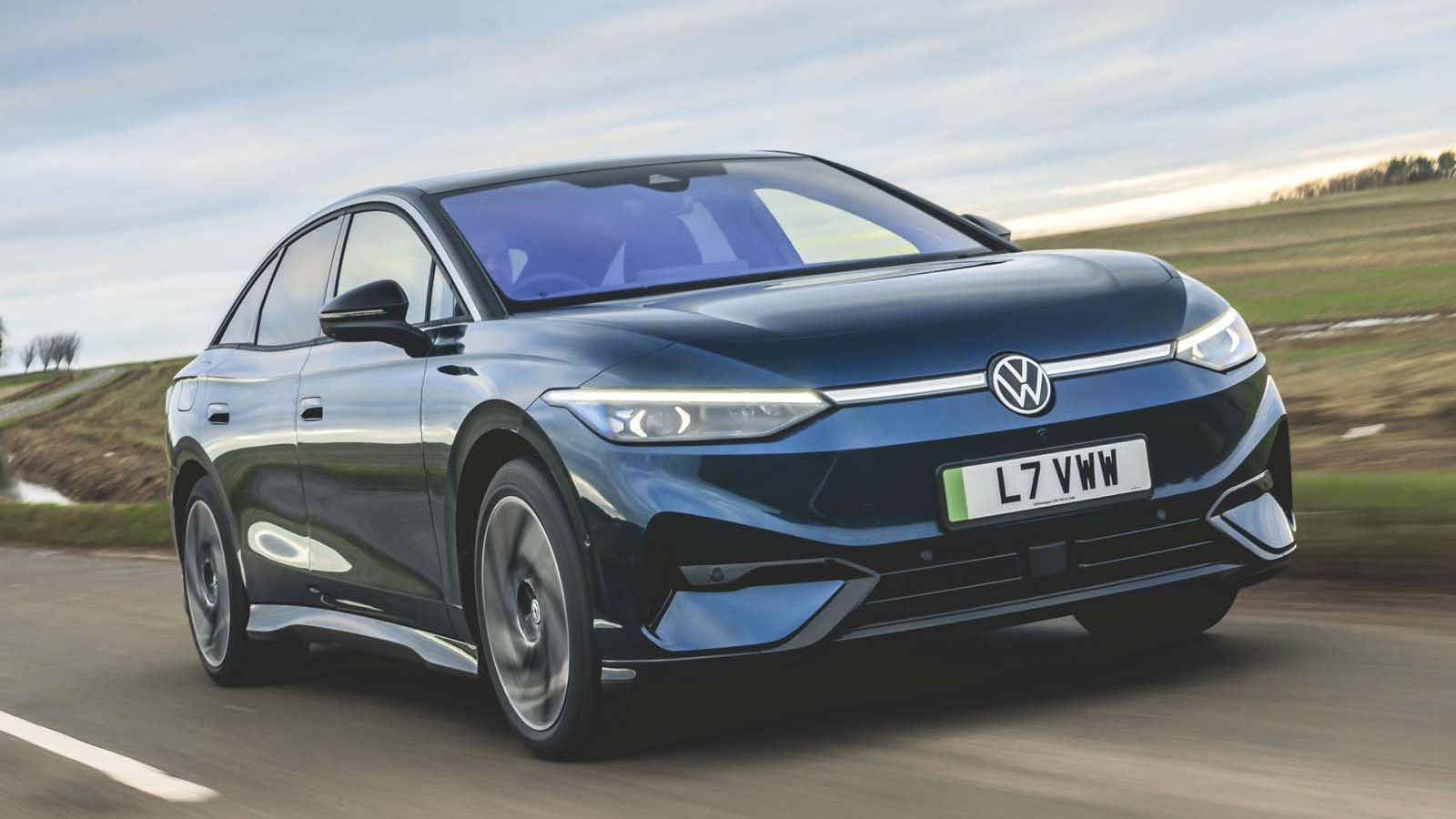 © Volkswagen
© Volkswagen -
 ©
© -
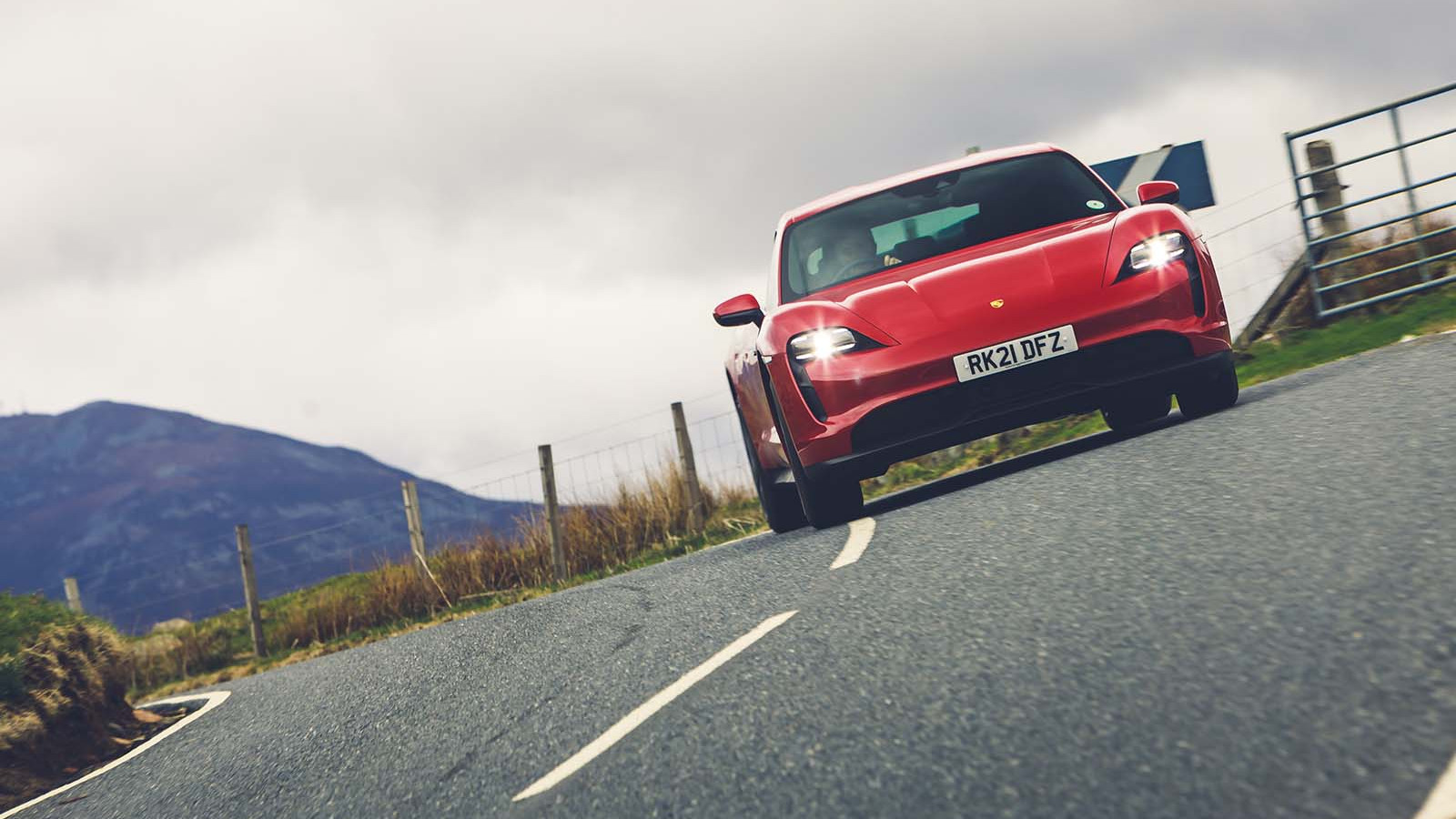 ©
© -
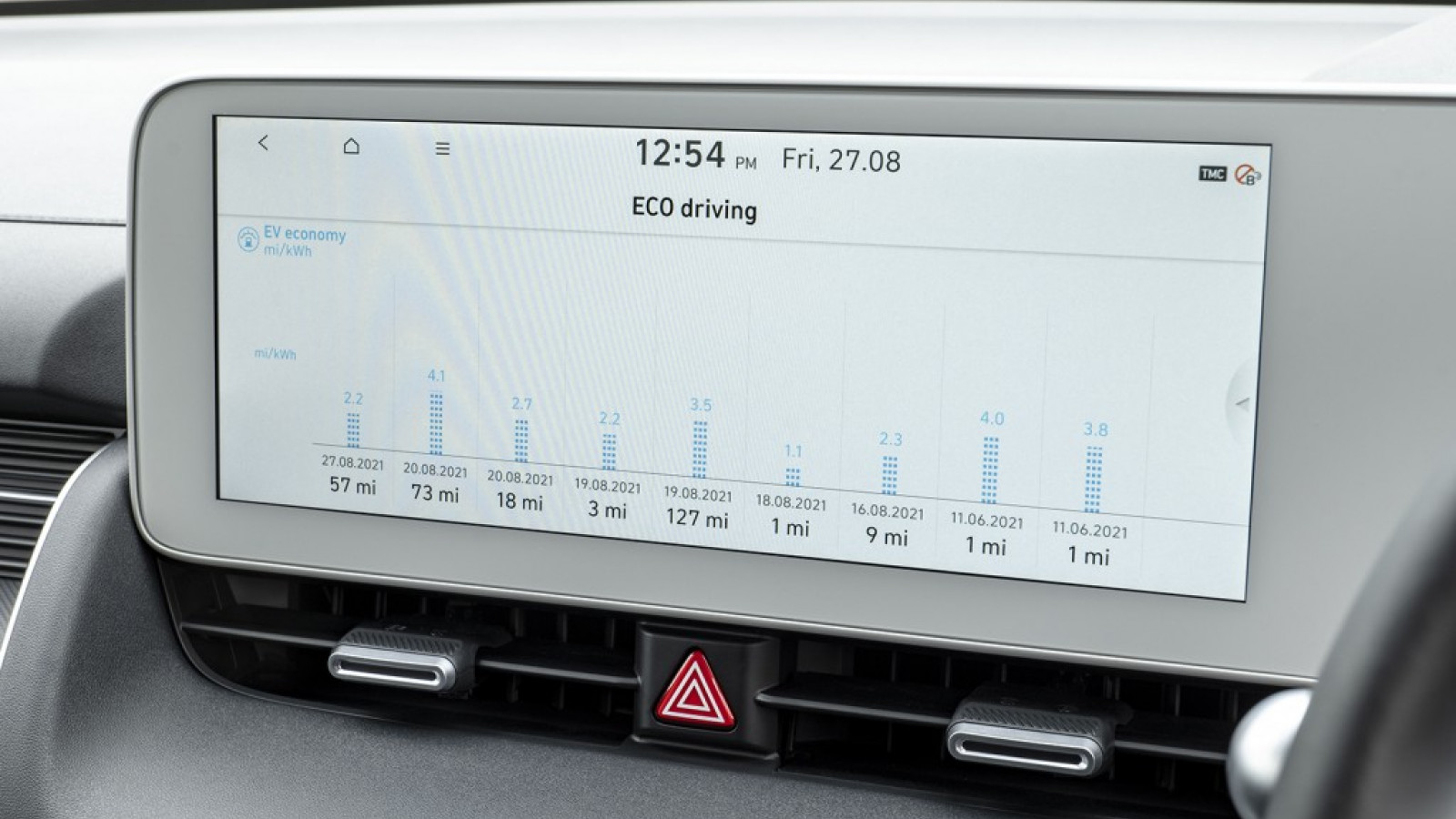 ©
© -
 ©
© -
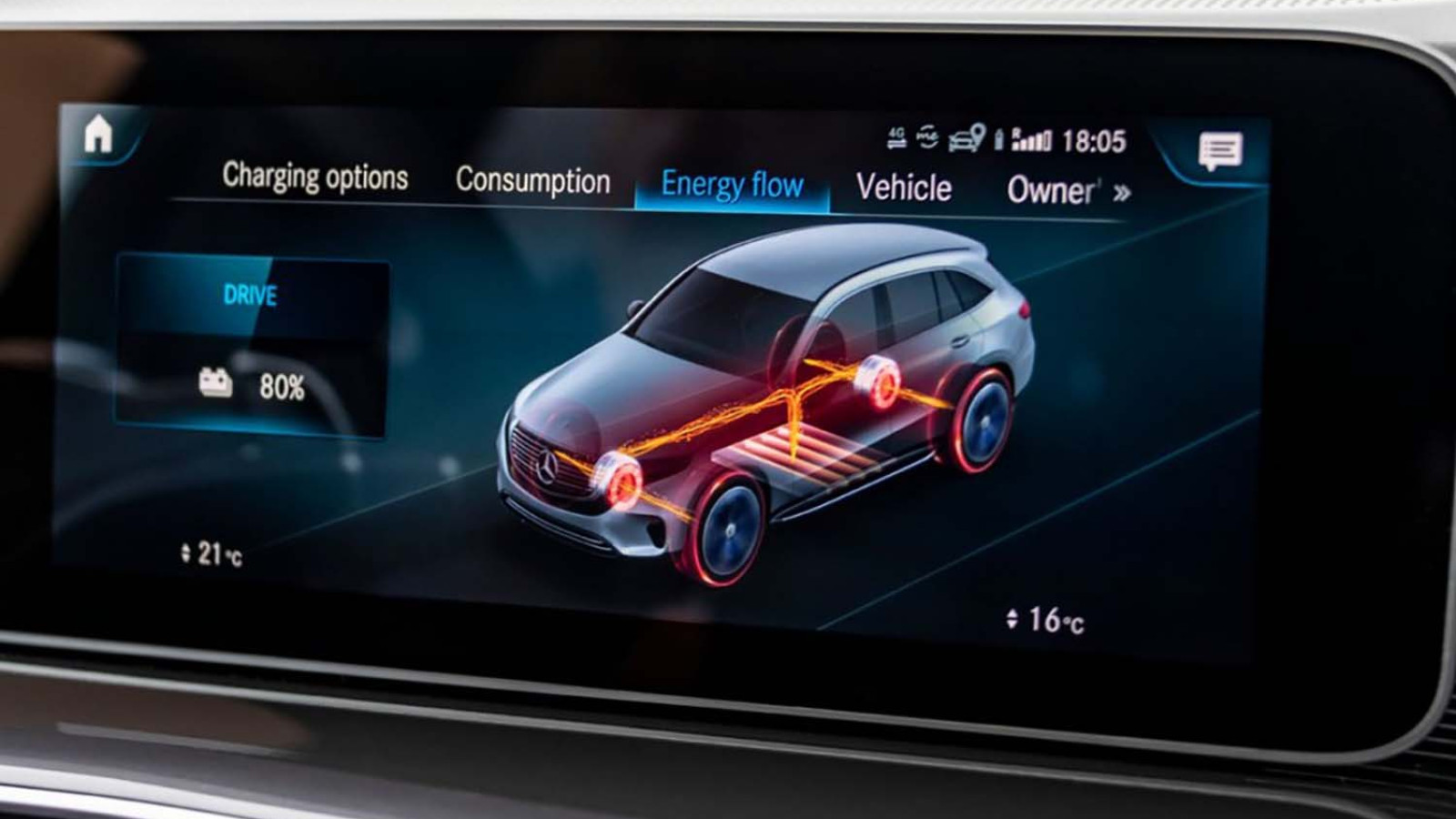 ©
© -
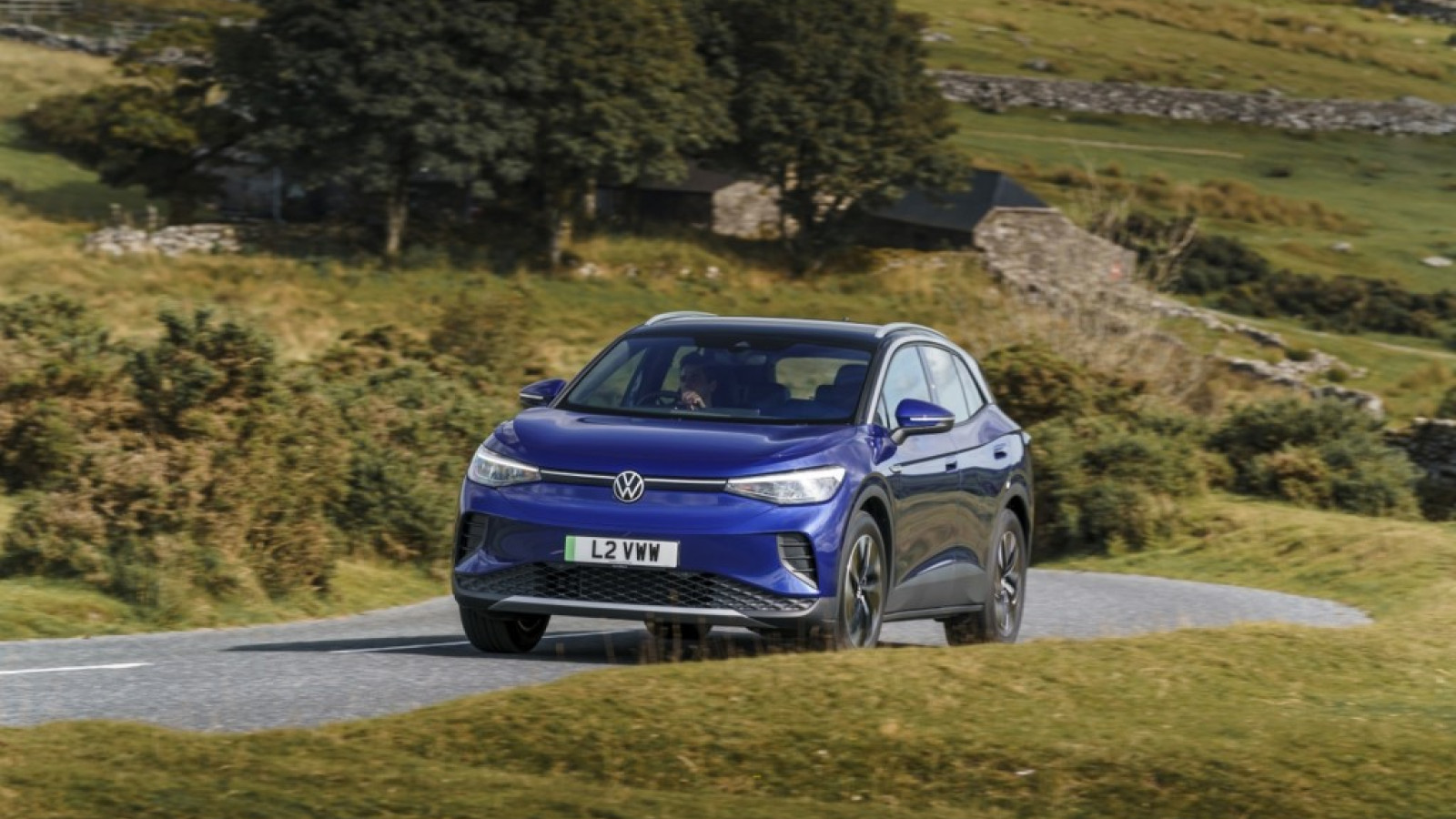 ©
© -
 ©
© -
 ©
© -
 ©
© -
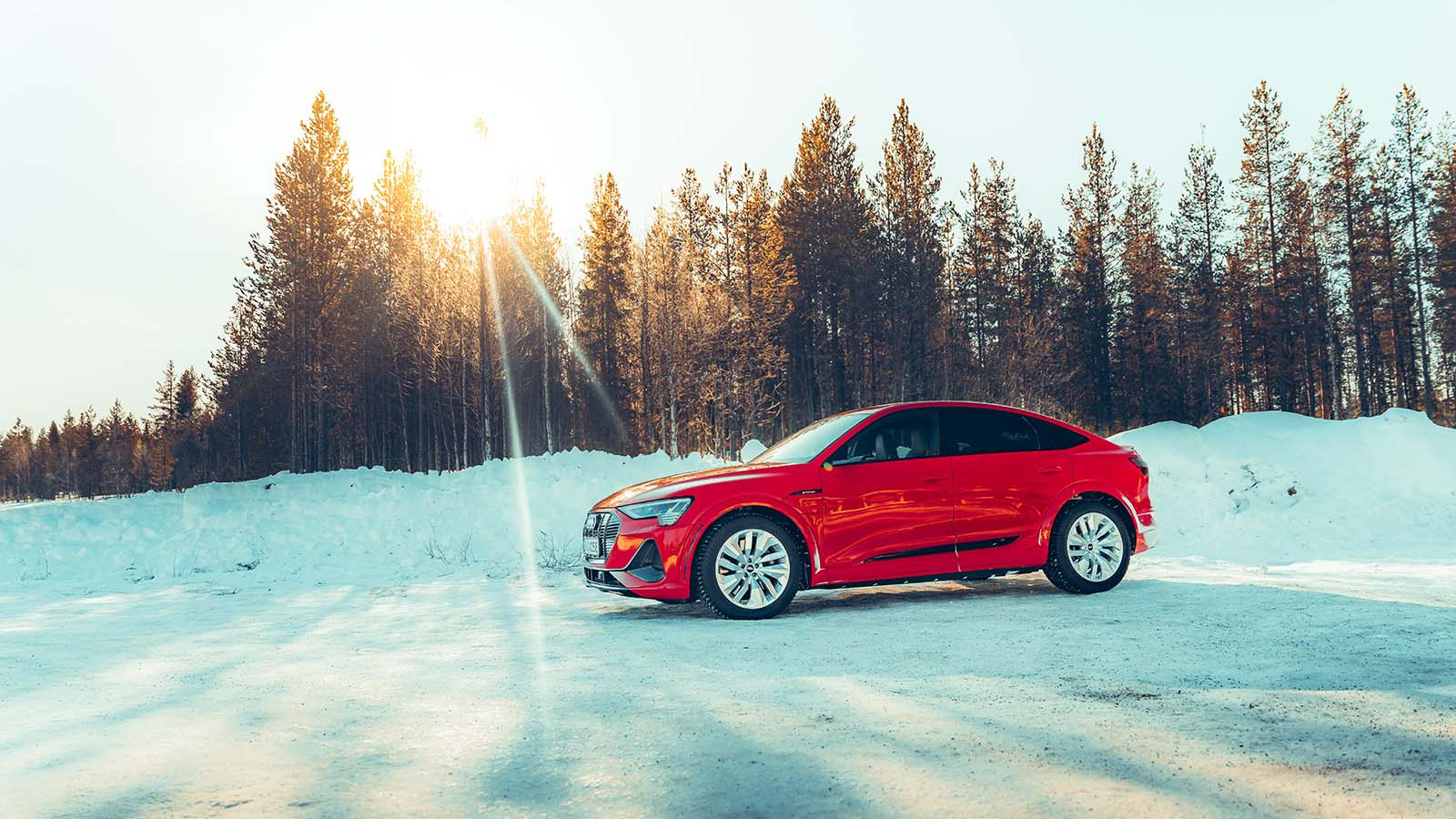 ©
© -
 ©
© -
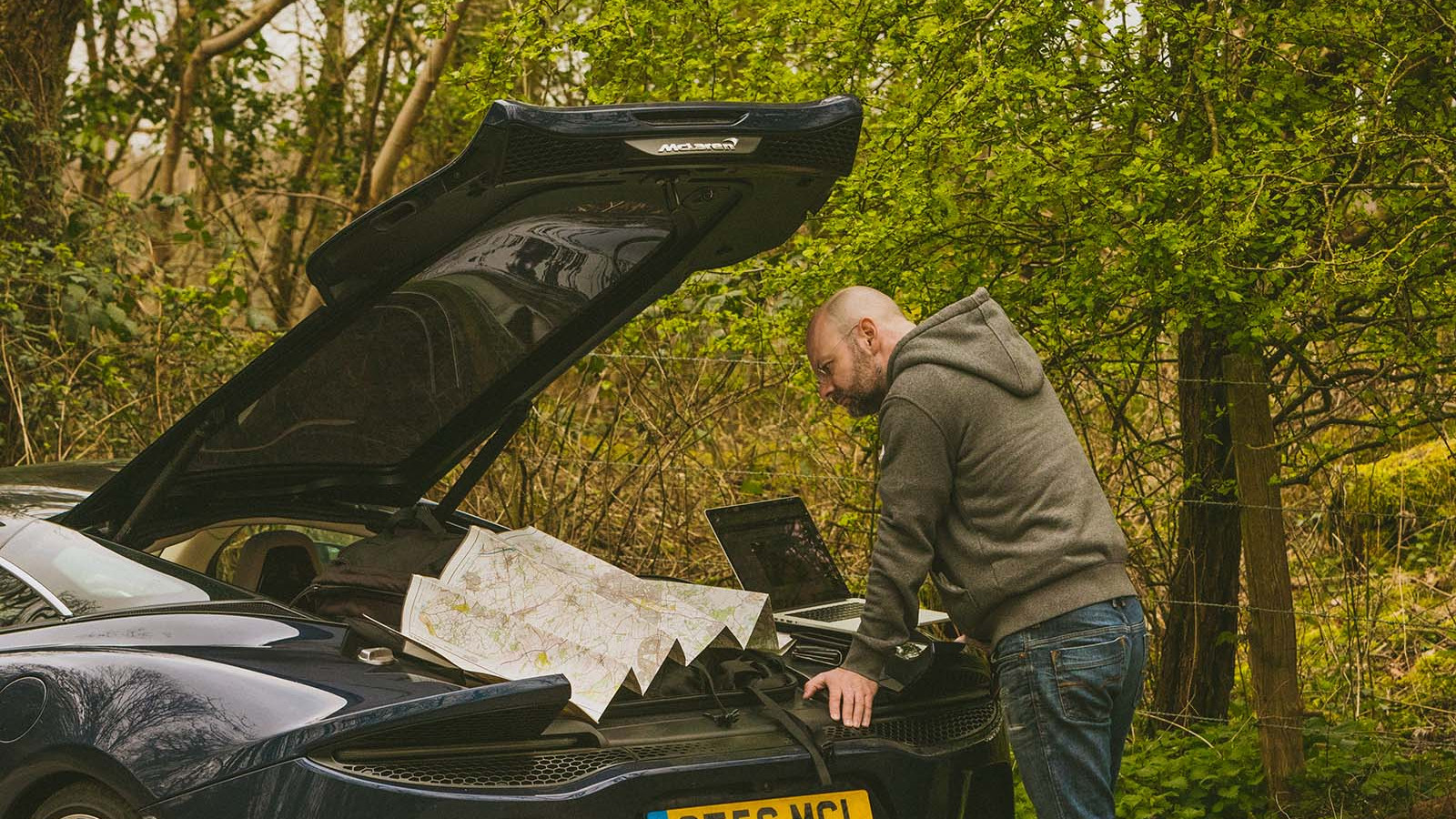 ©
© -
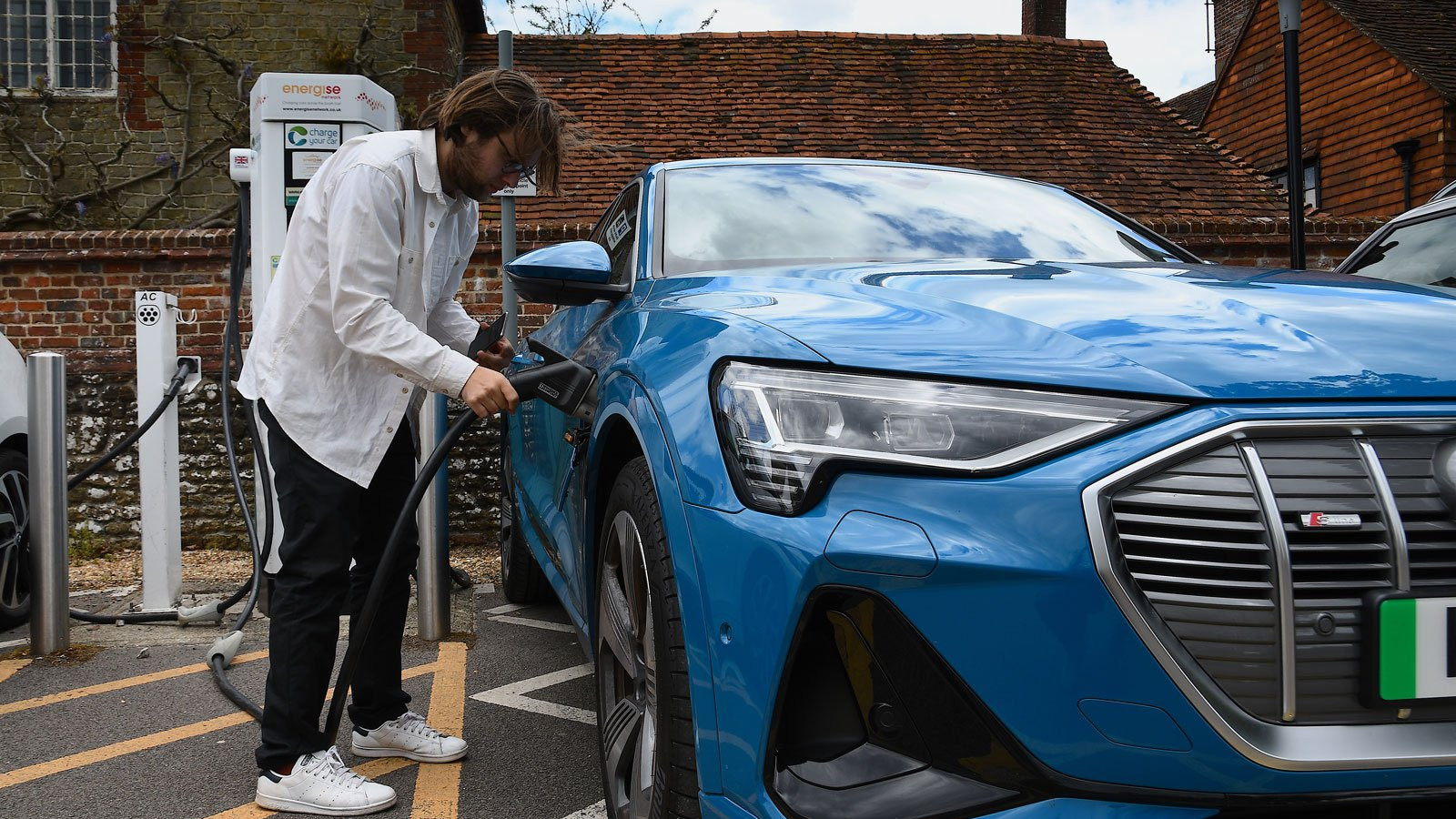 ©
© -
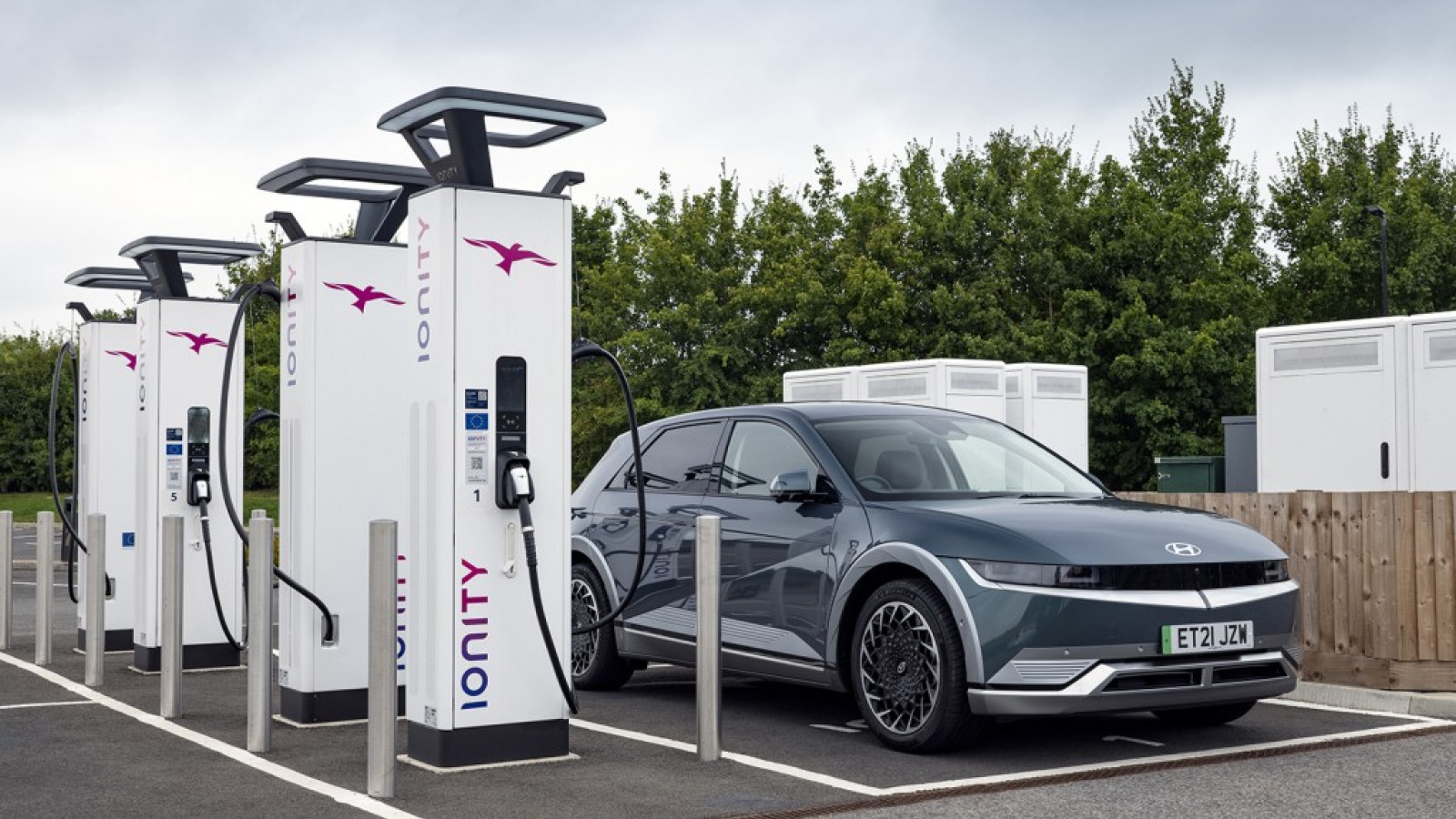 ©
©
-
With the average range of an electric car currently standing at 300 miles, most on the market today should be able to tackle all of your everyday driving requirements.
But that doesn't necessarily mean your electric car will always be able to take you from A to B on a single charge. While improvements in battery technology and motor efficiency are being felt every day, you might have to shop around a bit in order to find the EV that suits your exacting requirements.
That being said, if you are one of the commuters - like the majority of others - who averages around 40 driving miles per day, there are cunning ways to try and get the most out of your EV and avoid those longer charge times.
-
There are times – just as in a petrol car – when you do need to pay attention to how far you can get on a single battery. And there are some simple steps you can take to make sure you get the maximum mileage out of the electricity in your car. You might not need these to get where you’re going, but the less electricity you use, the less it costs to run your car.
So here are some really very simple tips to maximising the range of your EV.
-
1. Focus on efficiency, not battery capacity
Just as you get all sorts of different types of combustion engine, so not all electric car motors are created equal. And the design of a car has a lot to do with its efficiency: you can probably guess that big, boxy cars with large frontal areas will produce a lot more drag than sleek, streamlined cars.
That means two cars with the same size battery will often have very different ranges. So when considering an EV don’t just look at the size of the battery: consider the range given, and particularly look for the car’s efficiency. That will be expressed in miles per kWh, and the higher the better. At the moment, anything close to 4.0mpkWh is impressive.
-
2. Slow down a bit
This tip actually applies to all cars: going slow uses less energy. But you might not realise just how much less.
It’s all about aerodynamics: the drag produces by a car increases with the square of speed. So if you’re doing 70mph on the motorway, you produce four times as much drag as when you’re travelling at 35mph.
So dropping your speed by a relatively small amount will have a big difference on your efficiency. Easing off a bit won’t really add that much time to your journey, and it will be a lot more relaxing, too.
-
3. Pick the right drive mode
Most EVs offer a range of ‘drive modes’, which adjust various settings on the car to affect energy consumption. The names will vary, but there’s usually something like an ‘Eco’ setting – which, as the name suggests, will make the car as economical as possible.
Eva modes will often limit how fast you can accelerate and the ultimate power output, and might turn off functions that can drain a lot of battery – such as the heating settings.
-
4. Turn on your regenerative braking
Most electric cars will offer some form of regenerative braking. Basically, it turns the kinetic energy created when you slow down into electricity, which can be used to top up your battery. It’s a bit of an adjustment if you’ve never used it before, but definitely worth the time.
-
4. Turn on your regenerative braking
Regenerative braking systems vary: some cars offer a single setting, some feature multiple levels that can be manually controlled and so will offer a full ‘one-pedal’ driving mode,
The best way to use regenerative braking will vary: on twisty roads or in cities where you’ll be braking a lot use the maximum regen available. On motorways you’ll want the car set to coast more, so it will make most use of the kinetic energy to roll on when you lift off the accelerator.
-
5. Learn to anticipate
This is another tip that will boost your economy whatever type of car you’re driving: learn to read the road ahead. There’s no point accelerating hard if you’re approaching a queue of cars at a junction and will have to brake heavily: you’ll burn more energy and wind up stationary for longer. But if you ease-off early and let the regen slow the car. It’s more relaxing, and you’ll get a useful race boost.
-
6. Keep it smooth
Because the energy they use is already created, electric vehicles are capable of amazingly rapid acceleration. But if you’re trying to maximise your range, take things more easily. Cars are big and heavy, so it takes a lot more energy to make them go fast quickly. EVs are actually less sensitive to this than combustion engined cars, but it’s still a useful tip.
-
7. Watch out for the weather…
This sounds strange, but electric cars are too efficient for their own good. A combustion engined car creates power by burning petrol as it moves, but that inefficient process creates a load of excess heat – some of which can be used by the vehicle’s heating systems.
-
7. Watch out for the weather…
Because the energy in an EV battery is already created, the motor is incredibly efficient, and doesn’t create enough excess heat to use for the car’s heating systems. So if you turn on the heating system it will draw power from the battery, reducing the range of your EV.
If you don’t want to go cold, look for an EV with heated seats or a steering wheel. Because they transmit energy to a smaller area, rather than blowing it around the cabin, they’re far more efficient at warming you up.
-
8. …and if you do go out in the cold, consider a heat pump
Colder weather also means it takes longer for a car’s battery to warm up and reach the most efficient operating temperature. But there is a decide that can help: a heat pump.
Many EVs now come with a heat pump as either an option or as standard, and they’re certainly worth watching out for. They basically draw in air and compress it, and use the heat created in that process to warm the battery and, when needed, the cabin. That means you get more miles from your battery, and will be warmer doing them.
-
9. Check your tyres
The tyres are the bit of your car that is in contact with the ground, so you want to ensure that they don’t create more friction or resistance than is needed. So make sure you’ve got the recommended tyres fitted to ensure rolling resistance is kept to a minimum – you don’t necessarily need bespoke EV tyres, but you should make sure they’re suitable given the extra weight of EVs.
Also, check your tyre pressures regularly: if they’re too low, if will create extra friction and drain your power. This is also a key tip for safety and tyre wear.
-
10. Pick your route…
If you’ve got long journey ahead of you, a common routine is to sit in your car, set your sat nav – whether you’re using the car’s own or Google Maps on your phone – and pick the default option. But that doesn’t always mean it’s the best on.
The algorithm on some systems will something suggest a route that is convoluted or longer than it needs to be, setting you off down roads that will require lots of braking and accelerating.
So take a few moments to look at the route that’s been picked out, to make sure it’s sensible. Another tip: some mapping systems now suggest the most efficient routes – you can do this in Google Maps and even specify you’re driving an EV. It might take a few minutes longer, but it could also use significantly less energy.
-
11. …and don’t be afraid to plug in
We’ve been looking here at how to maximise the energy in a full battery - but the truth is you’ll very rarely have to. If you’re making a long journey you’ll often be intending to stop along the way regardless of if you need to or not – and if you are, and have the opportunity to plug in, it can help take any range anxiety out of the rest of your journey.
-
11. …and don’t be afraid to plug in
Many EV newcomers often think about charging in the way they do filling up a petrol-engined car: drive it until the fuel light comes on, then stop and brim the tank. But the most efficient and easiest way to use an EV is often to keep topping it up in small amounts. That can be quicker too: the charging rate of an EV will slow dramatically when the battery is about 80 per cent, to protect the life of the unit. So it can be quicker making a few small charging stops than planning one big one.
